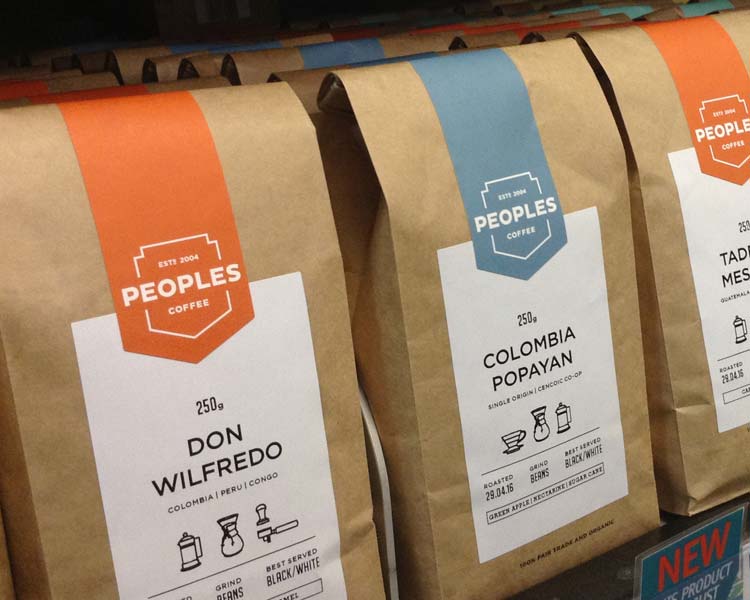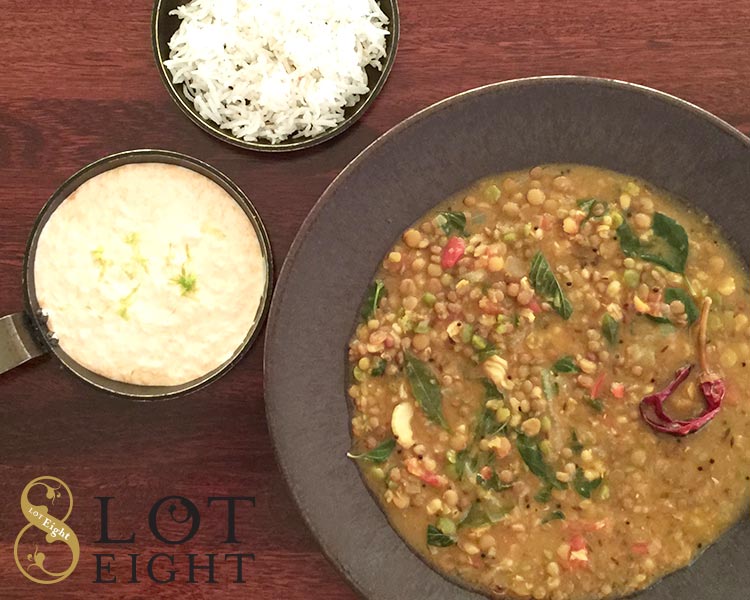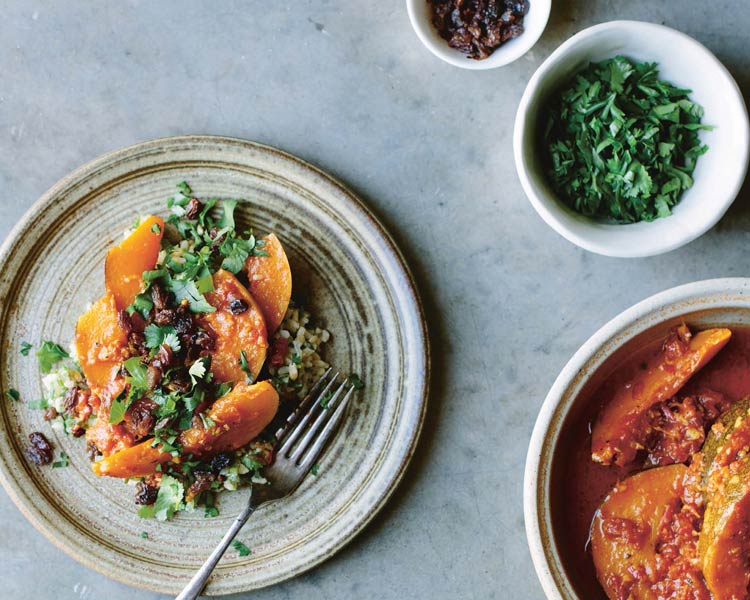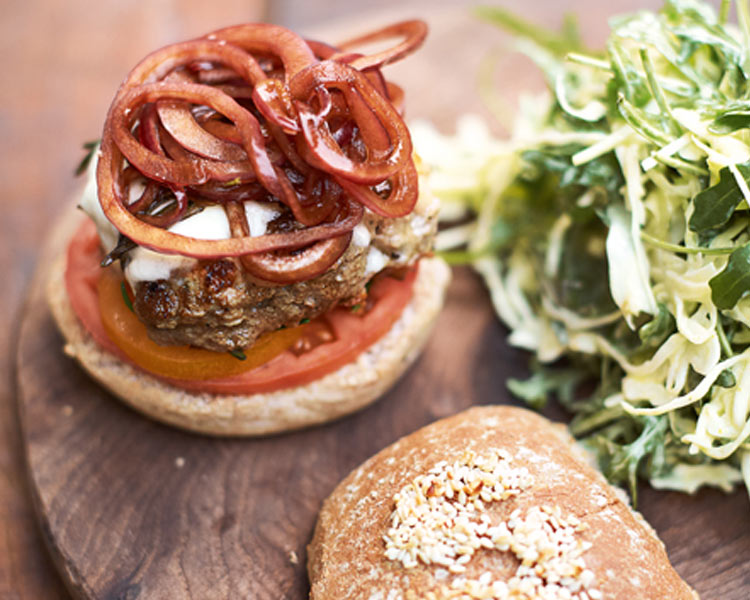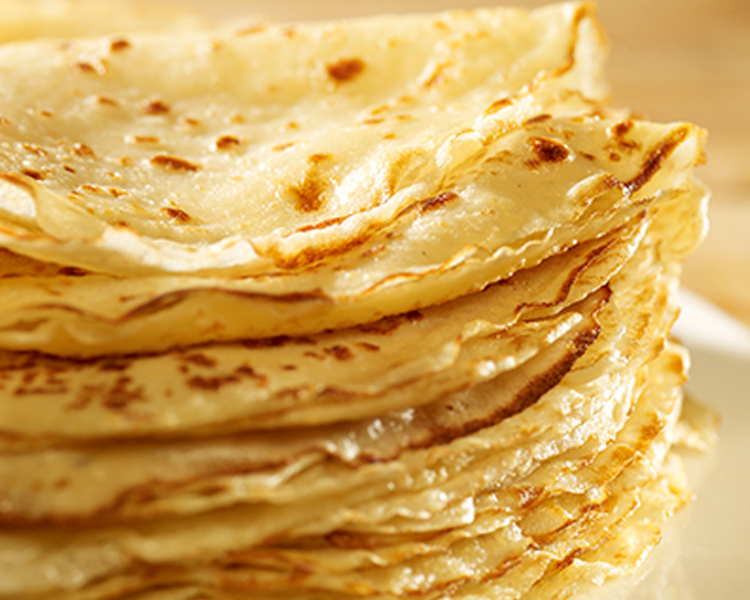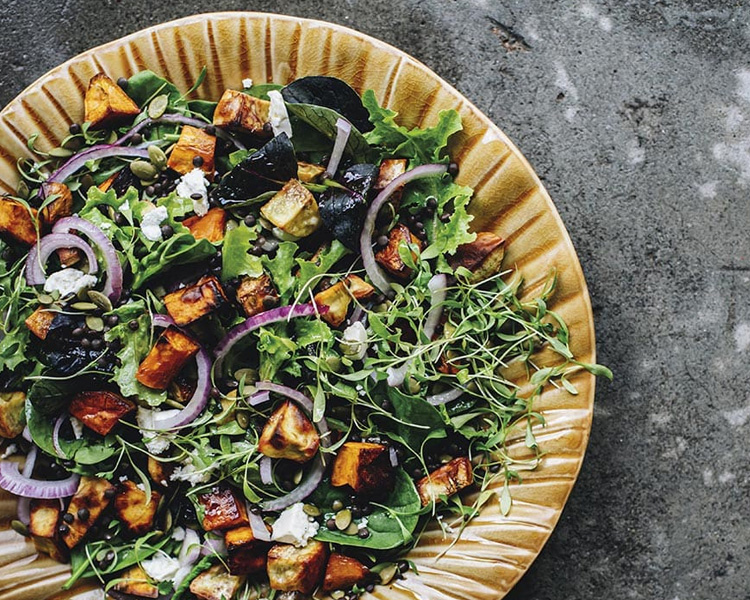Wellington based Peoples Coffee is a small-scale roasting, wholesale and retail business specialising in fairtrade organic coffee.
Started in 2004 by Matt Lamason in a 20m2 store in Newtown, Peoples aim as coffee roasters was connect with the farmers who grew the coffee and to control the quality of as much of the process as possible.
The farmers who supply Peoples Coffee are part of a Cooperative. These are farmers that would otherwise not produce enough beans to access the export market but they pool their resources with each other, meaning they can cut out the middle man (the broker) and share the profits as a group. Peoples Coffee regularly visit the cooperatives they work with in Nicaragua, Ethiopia, Mexico, Guatemala and Colombia.
In mid-2005 they went entirely certified organic as well as fair trade and in 2008 a second Peoples Coffee espresso bar was opened in a converted printer’s dockway, on Garrett Street, just off Cuba Street.
Now, over 10 years on, Peoples Coffee have stood true to their philosophy and are one of Wellington’s best known coffee brands. They are also the only coffee brand at Moore Wilson's Fresh that is entirely fairtrade and organic.
Peoples Coffee is one of the five brands at Moore Wilson’s Fresh Tory Street that you can choose to have in your espresso – just let our barista know your preference.
We also have a range of fresh Peoples Coffee Beans which can be ground to your liking to take home.

